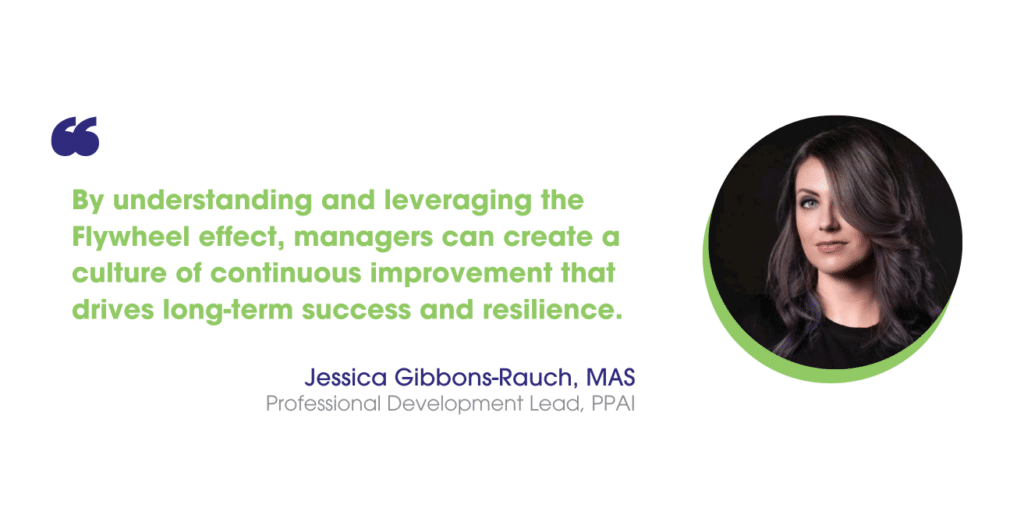Title: Good to Great: Why Some Companies Make the Leap… and Others Don’t
Author: Jim Collins
From a management perspective, Jim Collins’ Good to Great: Why Some Companies Make the Leap… and Others Don’t stands out as an essential guide for leaders looking to drive sustainable growth and long-term success in their organization. Collins’ extensive research and data-driven approach provide managers with actionable insights into what separates average companies from those that consistently achieve greatness.
Why I chose this book:
So many organizations are looking to scale, but how do you logistically build a business that thrives? This book, a classic, explains how to help managers and leaders strategically take the next steps in their future while creating a foundation for future growth rather than falling into quick fixes or archaic “how it’s always been done” stagnation.
I recommend it for:
This book is for anyone in a leadership role or looking to advance into a leadership role. These basic foundational steps will help you grow and become great in no time.
Key points:
Narrow your focus: The book introduces the “Hedgehog Concept,” which managers can use as a strategic tool to focus their organizations on three intersecting circles:
- What they can be the best at.
- What drives their economic engine.
- What they’re passionate about.
For managers, this concept is invaluable in clarifying and simplifying the strategic direction of a company. It emphasizes the importance of narrowing focus to areas where the company can truly excel, rather than diluting efforts across too many initiatives.
Stay humble: Another critical takeaway for managers is the idea of “Level 5 Leadership.” Collins redefines the traditional view of leadership, highlighting the importance of humility combined with an unwavering commitment to the organization’s success. For those in management roles, this concept challenges the conventional wisdom that leadership is about charisma and authority. Instead, Collins argues that the most effective leaders are those who prioritize the company’s success over their own ego, driving the organization forward through quiet determination and relentless focus.
Recruit wisely: Collins also emphasizes the importance of getting the “right people on the bus” before determining the direction of the company. This principle is particularly relevant for managers tasked with building and leading high-performing teams. By focusing on hiring and retaining individuals who align with the company’s core values and long-term vision, managers can ensure that their teams are adaptable, resilient and capable of driving sustained success. This approach also underscores the significance of disciplined people management, where the emphasis is on fit and cultural alignment over short-term skills.

Consistency is key: The “Flywheel” concept is another valuable tool for managers. Collins describes it as the process of building momentum through consistent and disciplined actions, which over time lead to breakthrough results. For managers, this means focusing on steady, incremental improvements rather than seeking quick fixes or dramatic shifts. By understanding and leveraging the Flywheel effect, managers can create a culture of continuous improvement that drives long-term success and resilience.
Cautionary tale: Conversely, the “Doom Loop” illustrates how reactive decision-making, frequent changes in direction and a lack of consistent strategy can lead to organizational decline. Managers who understand the dangers of the Doom Loop are better equipped to avoid these pitfalls by maintaining strategic consistency and disciplined execution.
My takeaway:
While Good to Great offers timeless insights, it’s important for managers to contextualize these lessons within today’s fast-paced and ever-changing business environment. Although some companies highlighted in the book have faced difficulties in recent years, the core principles Collins outlines – focused strategy, disciplined people management and sustained effort – remain highly relevant for leaders seeking to guide their organizations to greatness.
Good to Great provides managers with a robust framework for driving organizational excellence. Collins’ research-based approach offers practical, actionable insights that can help managers build stronger, more focused and more resilient organizations.
What should I read next?
My library of business books is large, but I’m always looking to build it out. If you have any suggestions for business books that are meaningful to you, please let me know at JGR@ppai.org, and after I give it a read, I’ll share my impressions in PPAI Magazine.
Gibbons-Rauch is PPAI’s professional development lead.


